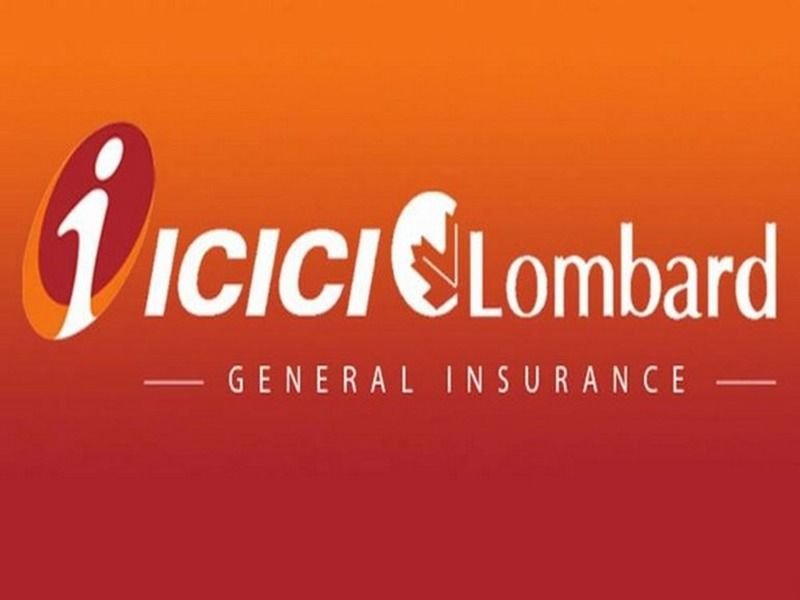ICICI Bank makes ICICI Lombard its subsidiary
ICICI Bank, India’s second-largest private sector lender, has acquired an additional stake in ICICI Lombard General Insurance, making it a subsidiary company. The bank has bought 1.06 crore shares of the insurer for Rs 1,787 crore in two tranches through open market transactions. Here are the details of the deal and its implications for both the entities.
ICICI Bank’s board approves stake increase
The bank had announced in May 2023 that its board of directors had approved increasing the shareholding in ICICI Lombard General Insurance by 4% in multiple tranches. The bank had received approval from the Reserve Bank of India and the Insurance Regulatory and Development Authority of India for the deal. The bank said that the stake increase was part of its strategy to strengthen its presence in the insurance sector and leverage the synergies between the bank and the insurer.
Bank buys shares at premium
The bank bought 80.9 lakh shares of the insurer for Rs 1,356 crore on Feb. 27, 2024, at an average price of Rs 1,675 per share, which was a premium of 2.8% over the closing price of Rs 1,629 on that day. The bank bought another 25.1 lakh shares for Rs 431 crore on Feb. 29, 2024, at an average price of Rs 1,717 per share, which was a premium of 0.7% over the closing price of Rs 1,705 on that day. The bank said that it paid a premium for the shares as it valued the insurer’s strong growth prospects and market leadership position.
Bank’s stake rises to 50.6%
With the latest purchase of shares, the bank’s stake in the insurer has risen from 48.9% to 50.6%, making ICICI Lombard General Insurance a subsidiary of the bank. The bank said in a regulatory filing that it will continue to explore further opportunities to increase its shareholding in the insurer up to the permissible limit. The bank also said that it will consolidate the financial statements of the insurer with its own from March 2024 onwards.
Insurer’s performance remains strong
ICICI Lombard General Insurance is one of the leading private sector general insurance companies in India with a market share of 8.5% as of December 2023. The insurer reported a net profit of Rs 1,034 crore for the nine months ended December 2023, up by 23% year-on-year. The insurer’s gross direct premium income grew by 17% year-on-year to Rs 12,865 crore for the same period. The insurer’s combined ratio, which measures its profitability and underwriting performance, improved to 102% from 103.5% a year ago. The insurer also said that it had achieved a solvency ratio of 2.24 as of December 2023, well above the regulatory requirement of 1.5.
Market reaction
Shares of ICICI Lombard General Insurance closed at Rs 1,724 on Feb. 29, 2024, down by 0.3% from the previous day. Shares of ICICI Bank closed at Rs 849 on Feb. 29, 2024, up by 0.9% from the previous day. Analysts said that the deal was positive for both the entities as it would enhance their value proposition and cross-selling opportunities.
Recent Blog : XHelper App: China’s Silent Scam Network Exposed
